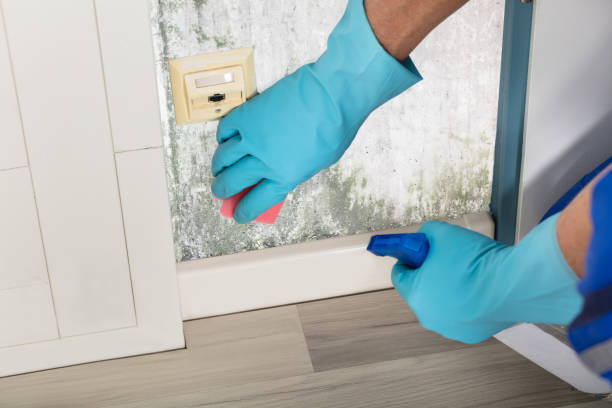When buying a home, it is important to do thorough inspections. This will ensure that the property’s condition is optimal. A critical part of these inspections is to assess the presence of mold. Mold is not only a health hazard, but it can also indicate underlying issues such as water damage and poor ventilation. We will discuss what to look for in a home inspection when it comes to mold. We’ll also discuss the role of disaster restoration experts when it comes to addressing any mold-related concerns during the inspection.
When it comes to mold, here are some things homebuyers need to look out for during an inspection.
Visible signs of mold:
Mold can be found in areas with moisture, like bathrooms, basements, attics, and kitchens. Mold can be seen as spots, patches, or fuzzy growths on ceilings, walls, and other surfaces.
Musty Odors
Mold can produce a musty, earthy smell. A persistent and unpleasant smell could indicate mold growth odor. Be alert to any strange smells, particularly in areas that are prone to moisture.
Water Stains
Water stains may be a sign of past or present water intrusion. Water stains can indicate a moisture problem that may contribute to the growth of mold, even if it is not visible.
Water Leaks and Damage:
Look for leaks around the windows, doors, roof, and plumbing. Mold can grow in conditions created by water damage. Check ceilings, walls, and floors for signs of Water Damage, such as stains or peeling paint.
Ventilation and Humidity Levels :
Make sure that your home is properly ventilated, particularly in areas that are prone to moisture, such as bathrooms and kitchens. High humidity levels can exacerbate mold growth. Ventilation and exhaust fans should be present and functional.
Basements and Crawl Spaces:
Check crawl spaces and basements carefully, as they are more susceptible than other areas to moisture problems. Check for signs of moisture, such as dampness and visible mold. In these areas, it is essential to control humidity and ensure adequate ventilation.
HVAC Systems
Mold contamination can be found in the HVAC systems. If there is excessive moisture, mold can grow on HVAC components and ducts. Ensure that the system is well-maintained and mold-free.
Attic inspection:
Check the attic for any signs of leaks or inadequate ventilation. Look for visible mold growth under the roof sheathing and on other surfaces.
Professional mold inspection:
Consider hiring a professional inspector if you have concerns about mold and cannot resolve them through a visual examination. They can perform air quality tests to identify hidden mold problems.
Inspection Report Review:
Review the report of your home inspection carefully. Pay attention to the inspector’s recommendations and seek advice from a professional mold remediation expert if they identify any mold-related concerns.
Not all molds are visible. Some types of mold are harmful. Consult a professional mold remediation expert or home inspector if you are concerned about mold in the home. They can give you a more detailed analysis and guide how to address any problems that might be present.
Conclusion:
The importance of a thorough home inspection in the process of purchasing a new house cannot be understated. Mold is a health hazard and should be given special attention in this process. Homebuyers should be alert to mold signs, musty smells, and areas that are prone to water damage. Disaster Restoration Experts can offer specialized solutions for any mold-related issues that may arise.
